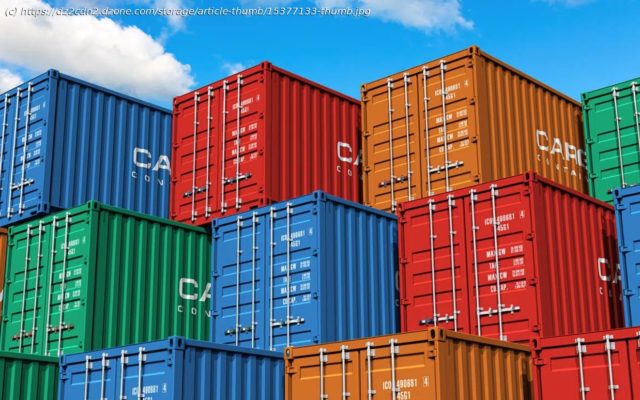Containers help you use your hardware more efficiently. Unlike the myth of some programming languages, containers truly allow you to write once and run anywhere
Join the DZone community and get the full member experience. Let’s talk about container essentials. Over the past few years, containers have transitioned from the hottest new trend to essential IT architecture. But are they a good fit for you? Are you wondering whether or not you’re using them effectively? Or have you been afraid to pull the trigger and add containers to your IT portfolio? Maybe you’re not clear on how containers differ from virtual machines (VMs). What’s the difference? Why would you use one instead of the other? Containers help you use your hardware more efficiently. They give you a way to fit more applications into a single system safely. They’re also a powerful packaging mechanism for moving applications from one system to another easily. Unlike the mythical boast of some programming languages, containers truly allow you to write once and run anywhere. In this article, we’ll cover what containers are, what they’re not, and how you can use them to build a clean, efficient, and easy-to-maintain IT infrastructure. Containers and virtual machines are not the same things. They share some similarities, especially when you look at them from a distance, but the differences can’t be overemphasized. Containers provide applications with an isolated environment. Virtual machines emulate complete computer systems that usually run more than one application. Servers running containers have a single operating system. The containers share that server’s kernel and operating system resources. The shared portions are read-only (with copy-on-write semantics where necessary) and, depending on how the containers are configured, have shared access to the server’s networking interfaces. Meanwhile, the applications run just as they would on any other computer. Servers that run VMs run a hypervisor that supports the operating system running in each VM. The virtual machines are well isolated from each other, while the applications inside them are not. Similar to the containers, though, the applications still run as they would on a physical computer. The key difference is that containers are very lightweight when compared to virtual machines. Starting a container is simply starting an application in an isolated environment. Starting a virtual machine, on the other hand, is booting an entire operating system. Moving or copying a container from one system to another means moving the application and the libraries needed to support its environment.






